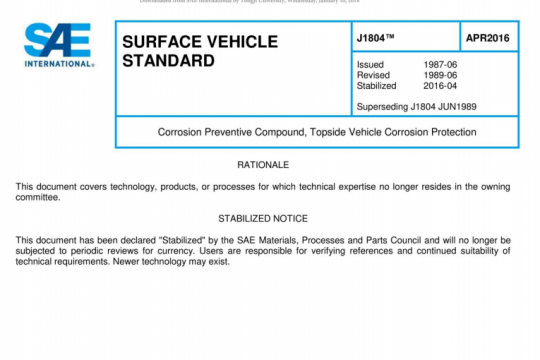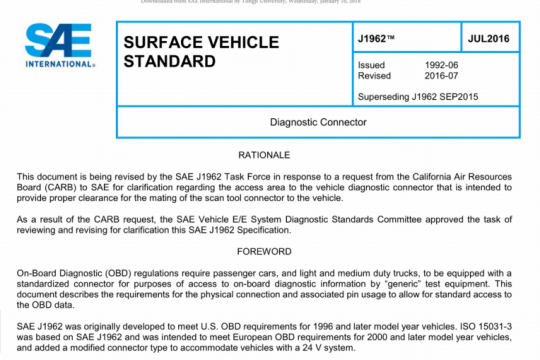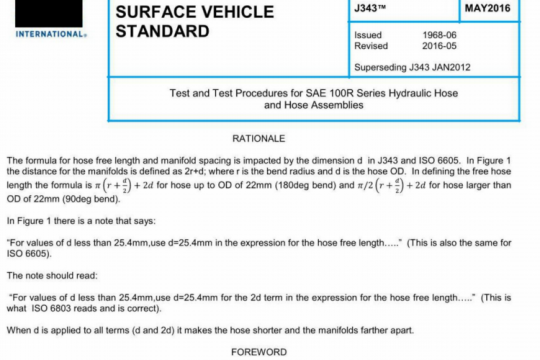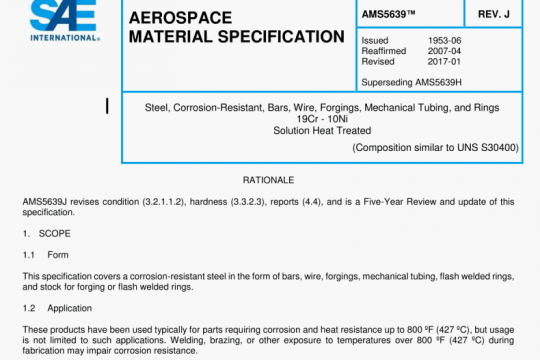SAE J3087:2017 pdf free
SAE J3087:2017 pdf free.Automatic Emergency Braking (AEB) System Performance Testing
Conduct tests on a dry (no visible moisture on the surface), uniform asphalt or concrete surfaces with a typical roadway crown and consistent longitudinal slope between level and 1%. At the time of the test, the test surface shall have a peak friction coefficient (PFC) of 0.9 when measured using an ASTM E1136 standard reference test tire, in accordance with ASTM Method E 1337- -90, at a speed of 40 mph (64.4 km/h), without water delivery. The surface must be asphalt or concrete and may not contain any irregularities (e.g., large dips or cracks, manhole covers or raised traffic control elements that may give rise to abnormal sensor measurements within a lateral distance of 3.7 m to either side of the centerline and with a longitudinal distance of 30m beyond the position at which the test finishes. The test surface shall be at least 400 m long.
Prior to conducting any tests the brake system must be conditioned to achieve full brake system capability, and to ensure consistent performance. If brakes are not previously conditioned, follow the manufacturer’s recommended procedure for burnishing brakes. In the absence of a manufacturer’s recommended burnish procedure, the following procedure shall be used to burnish new SV brake components:
a. Load the SV to its Gross Vehicle Weight Rating (GVWR).
b. From a speed of 49.7 mph (80 km/h), perform a minimum of 100 stops with an average deceleration of 0.31g (3.0 m/s) during each stop.
c. Each stop shall be performed with the transmission in gear.
d. The Initial Brake Temperature (IBT shall be≤100 °C (212 °F) at the onset of each stop. Note: The IBT is defined as the temperature measured within the pad or lining and is typically measured by means of a thermocouple. Other methods may be used for measuring brake temperature, for example, an infrared sensor may be used to measure brake rotor or drum temperature. Because of the different thermal properties of the brake components there is a potential difference between pad or lining temperature measured by means of thermocouples and rotor/drum temperature measured by infrared means. Any such differences should be understood and accounted for.SAE J3087 pdf free download.




